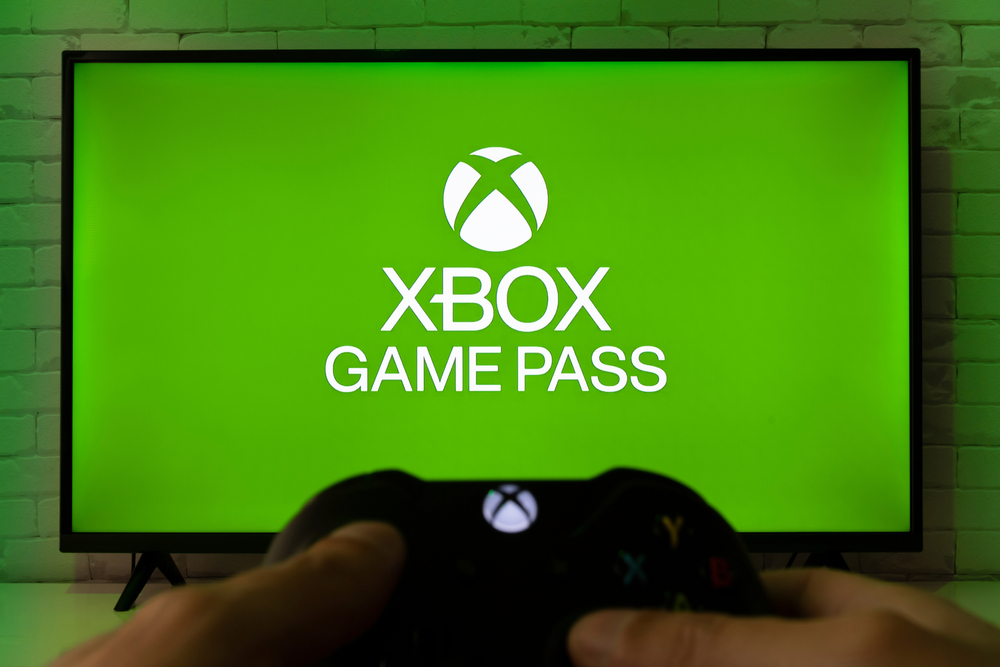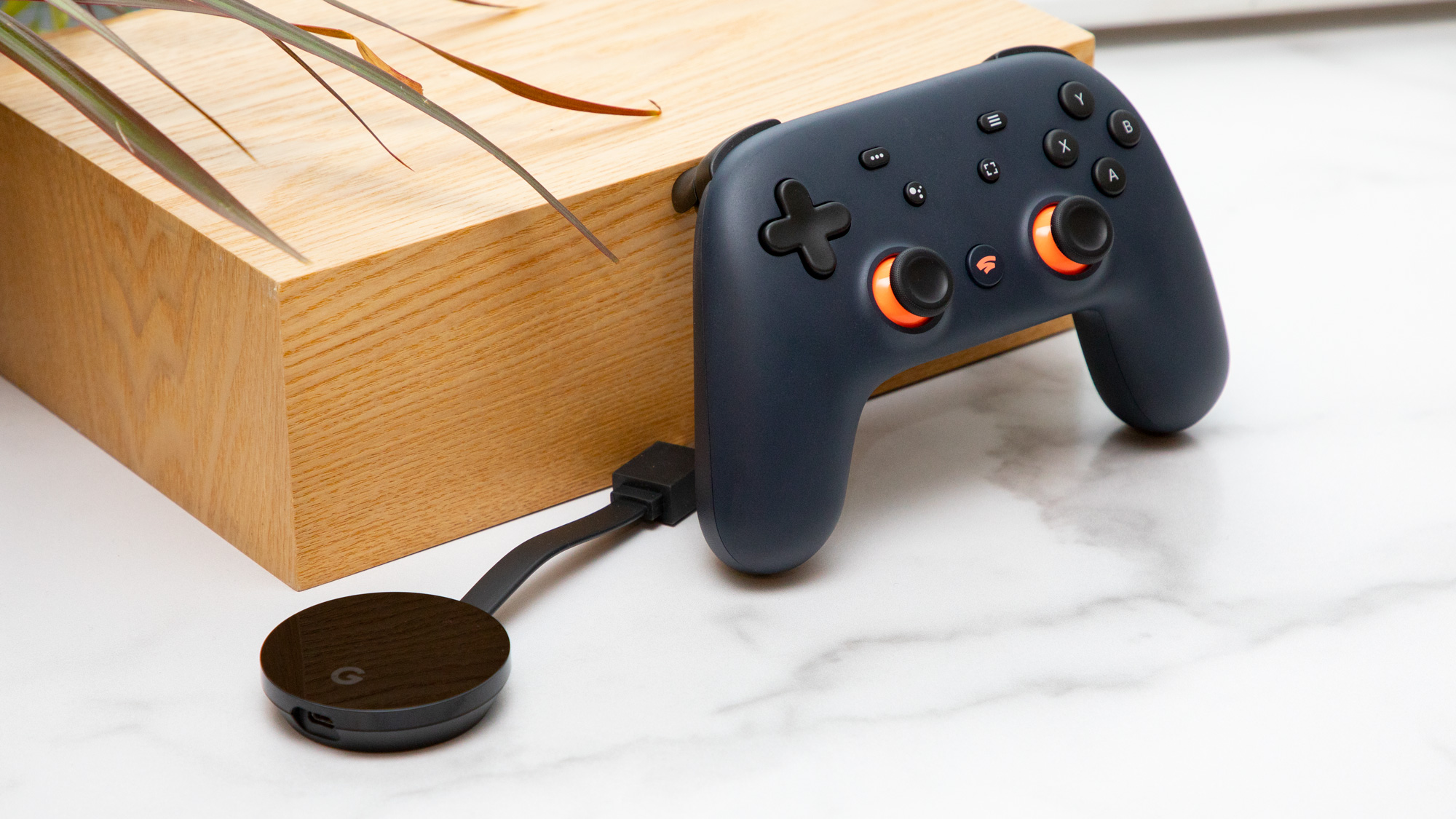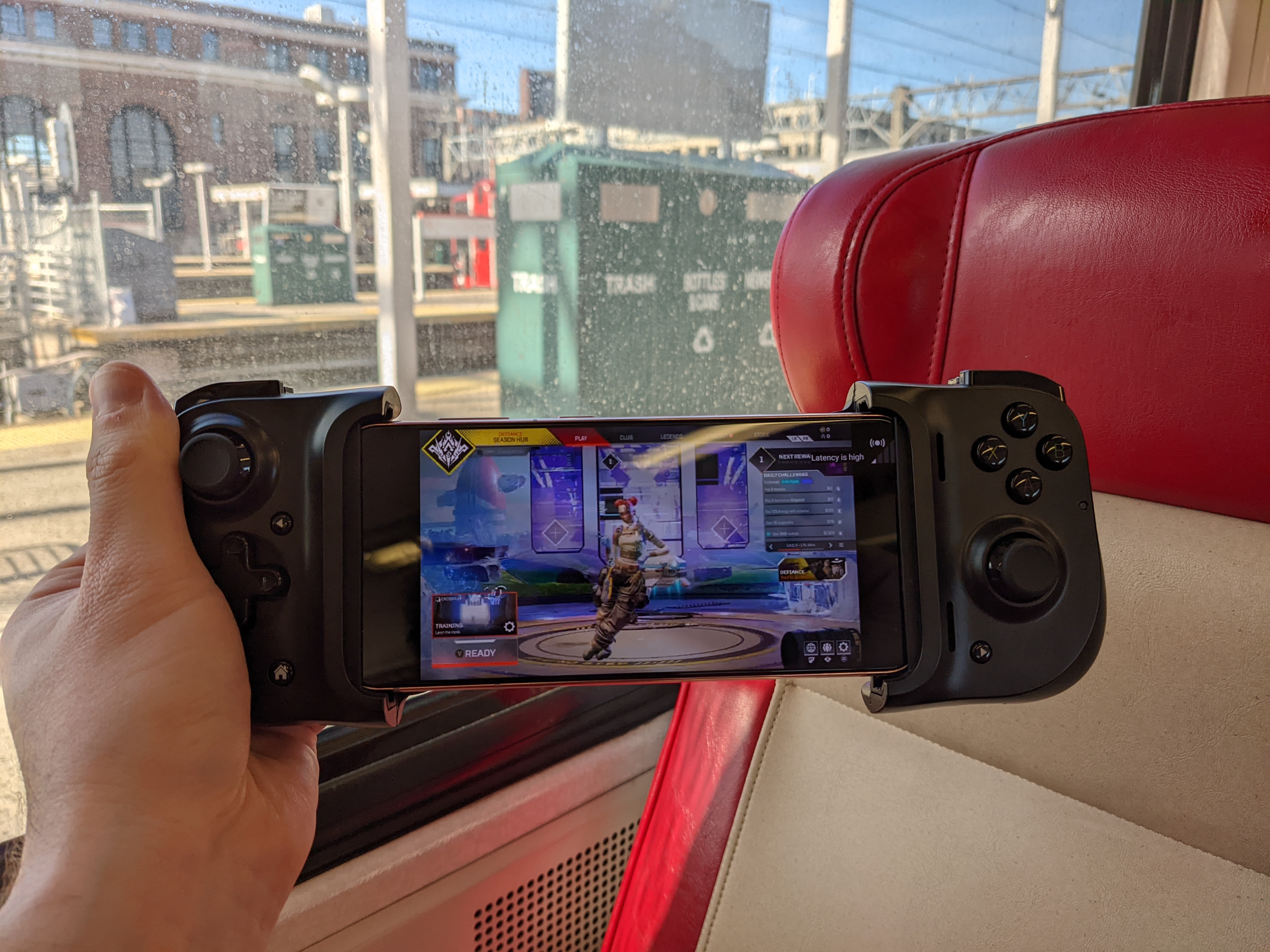After Google Stadia shutdown, what's the future of cloud gaming?
Google Stadia is not long for this world, but cloud gaming in general has never been stronger

For a while, Google Stadia was the face of mainstream cloud gaming. While streaming games over the Internet has been around in its current form since about 2013, Stadia was the first full-release product to stream familiar big-budget titles without cumbersome hardware or convoluted subscriptions.
Yesterday (Sept. 29), Google announced that Stadia would be shutting down for good. There are plenty of reasons why Stadia didn’t work, but the bottom line is that one of the most recognizable cloud gaming services is about to disappear, taking its entire game library with it. That’s bad news for anyone who was heavily invested in Stadia’s ecosystem.
However, there may still be good news for fans of cloud gaming, in general. In spite of Stadia’s shutdown, cloud gaming seems to be in an excellent spot right now. The underlying technology is strong; the services on offer are strong; consumer demand is strong; and the hardware scene is strong. Cloud gaming probably isn’t going to replace traditional console or PC gaming anytime soon, and the beautiful part is that it doesn’t have to. As it turns out, people seem much happier when cloud gaming complements the systems they already own.
A post-Stadia world

Tom’s Guide has already written a handful of articles about why Stadia failed, and there’s no reason to reiterate them in meticulous detail here. Suffice it to say that Stadia offered an inconsistent game library, and appealed to a niche demographic.
But one thing Stadia got right from the very start was its excellent cloud gaming performance. For all of its faults, Stadia showed a wide audience that cloud gaming could — and, indeed, usually did — work just as well as playing on a console or PC. Stadia also introduced a mainstream audience to the idea that they could buy a game once, then play it on any screen in their house, be it a TV, a computer monitor or a smartphone.
While Stadia was the first service to offer this functionality, it wasn’t the last — or the best. Over the past few years, Xbox Game Pass, Nvidia GeForce Now and even PlayStation Plus have introduced similar schemes. Better still: These services are not all-cloud, all the time, as Stadia was. Instead, they let users choose when to download games and when to stream them, offering the best of both worlds.
Xbox Game Pass Ultimate costs $15 per month, and gives players access to hundreds of games, comprising both first-party Microsoft titles and third-party favorites from EA, Ubisoft, Square Enix, Warner Bros. and more. You can download these games to an Xbox console or gaming PC; you can also stream them to an iOS or Android device, a Web browser or smart TVs. Microsoft is also currently working on a way to let you stream your own games with its Xbox streaming device looking to provide a catalog of games even if they’re not on Xbox Game Pass. If you have a strong Internet connection, the performance is usually flawless.
Get instant access to breaking news, the hottest reviews, great deals and helpful tips.
Nvidia GeForce Now is more for the PC gaming crowd. By signing up for GeForce Now (free for standard service, $10 per month for better performance), you can stream games that you already own on Steam, the Epic Games Store or Ubisoft Connect. Like Xbox Game Pass, this gives you the option to either download or stream games, depending on platform. GeForce Now is available for Windows, Mac, Android, smart TVs and Web browsers, which makes it one of the more versatile services on the market.
Even Sony has started to get in on the action, as the revamped PlayStation Plus service lets you stream hundreds of PS3 and PS4 titles to your PC. To be fair, the service has a long way to go. The interface makes it nearly impossible to find what you’re looking for, the controller support could be much better and syncing save files is, charitably, a gigantic pain in the rear. But the foundation for another popular cloud gaming service is firmly in place, and it’s a chance for PC gamers to try some PlayStation classics, at last.
It's also worth at least mentioning Amazon Luna, which is perhaps the most similar service to Stadia. It doesn’t offer game downloads, which feels a bit limiting compared to the PC, Xbox and PlayStation-centric services. But the pricing is also much more competitive than Stadia was, and it’s available on a ton of different devices, including Amazon’s unique brand of Fire streaming devices and tablets.
In other words, while Stadia is not long for this world, cloud gaming aficionados don’t have to go far to find a suitable replacement. While these services may not offer every single feature that Stadia did, each one of them grew exponentially over the past three years, while Stadia mostly stayed the same. We can’t guarantee that each one of these services will last forever, but all of them seem to be on the right track, particularly the ones that let gamers use their existing PCs and consoles when possible.
Cloud gaming hardware

There’s also an up-and-coming market for cloud gaming hardware, which would have been unthinkable just a few years ago.
First off, smart TVs and streaming devices are beginning to bypass consoles entirely. If you want to play console-quality games, but don’t feel like clearing out space for a bulky black box beneath your TV, you no longer have to. Xbox Game Pass is now fully integrated into Samsung smart TVs as is Nvidia GeForce Now. Amazon Luna runs on the Fire TV Stick 4K and similar devices, and we can only imagine where PlayStation Plus will end up within the next few years. Remember: Sony’s PlayStation Now cloud gaming service used to have smart TV apps, and we wouldn’t be shocked to see something similar in the future.
Cloud gaming is also a boon for portable platforms. Thanks to the Xbox Game Pass and GeForce Now apps, any decently powerful smartphone is now essentially a handheld gaming console. All you need is an inexpensive controller mount, such as the Razer Kishi V2 or the Backbone One. The proliferation of 5G gaming technology also makes on-the-go play sessions perfectly feasible, meaning you don’t have to tether yourself to a Wi-Fi connection to play demanding games.
Of course, some devices do assume you’ll have Wi-Fi available, such as the Logitech G Cloud. This novel handheld console resembles a Nintendo Switch, but doesn’t download, store or run games on its own. Instead, it’s essentially an Android tablet inside a permanent controller mount, and requires players to stream their own games from Xbox Game Pass, GeForce Now or a similar service. The device is niche, and its reliance on Wi-Fi is a pretty severe limitation. But the very existence of the G Cloud is good evidence that cloud gaming technology is, indeed, mature enough to sustain an entire console.
In fact, the upcoming Razer Edge 5G could be a better version of the same concept. Like the G Cloud, the Edge 5G is a handheld Android console; unlike the G Cloud, the Edge 5G works on mobile networks. Logitech and Razer are two of the most respected names in gaming hardware, and if they’re both banking on cloud gaming, that alone says something.
Even the Valve Steam Deck, which does not really need cloud gaming capabilities, offers them with a simple workaround. Microsoft itself provides instructions for how to get Xbox Cloud Gaming up and running on a Steam Deck, giving PC gamers the opportunity to stream hundreds of console titles in addition to the thousands they can already install.
The theme is clear: PC and console players alike want cloud gaming. But they want it as a complement to downloads, not a replacement. By insisting on an all-streaming, all the time model, Stadia may have alienated a huge chunk of its potential audience.
The future of cloud gaming

We’ve touched on a few popular cloud gaming technologies, and how they are (hopefully) succeeding where Stadia failed. But now that cloud gaming works well enough for everyday play, the bigger question is how the technology will evolve from here.
It’s easy to envision a future in which PC and console play exist side-by-side with cloud gaming. Gamers can play on whichever system is most convenient, then easily transfer their save data to pick up on another screen later. This would essentially be a better version of what we have today.
However, it’s also easy to envision a much darker future, in which cloud gaming begins to supersede console and PC play. Regardless of how well the technology works, this has chilling implications for the idea of “ownership” over digital goods. After all, a game that exists entirely on someone else’s server isn’t really yours to keep, as we’ve seen with the Stadia shutdown. A world where we lease all of our entertainment indefinitely is not a consumer-friendly one.
The only future that doesn’t seem likely is one in which cloud gaming recedes entirely. With heavy hitters such as Microsoft, Nvidia and Sony adopting the technology, it already seems too ingrained in the gaming scene to go away entirely. All that’s left now is to wait and see which company implements it best — and what the next big advancement will be.
Next: Google Stadia's demise isn't deterring Netflix from considering a jump into cloud gaming

Marshall Honorof was a senior editor for Tom's Guide, overseeing the site's coverage of gaming hardware and software. He comes from a science writing background, having studied paleomammalogy, biological anthropology, and the history of science and technology. After hours, you can find him practicing taekwondo or doing deep dives on classic sci-fi.
